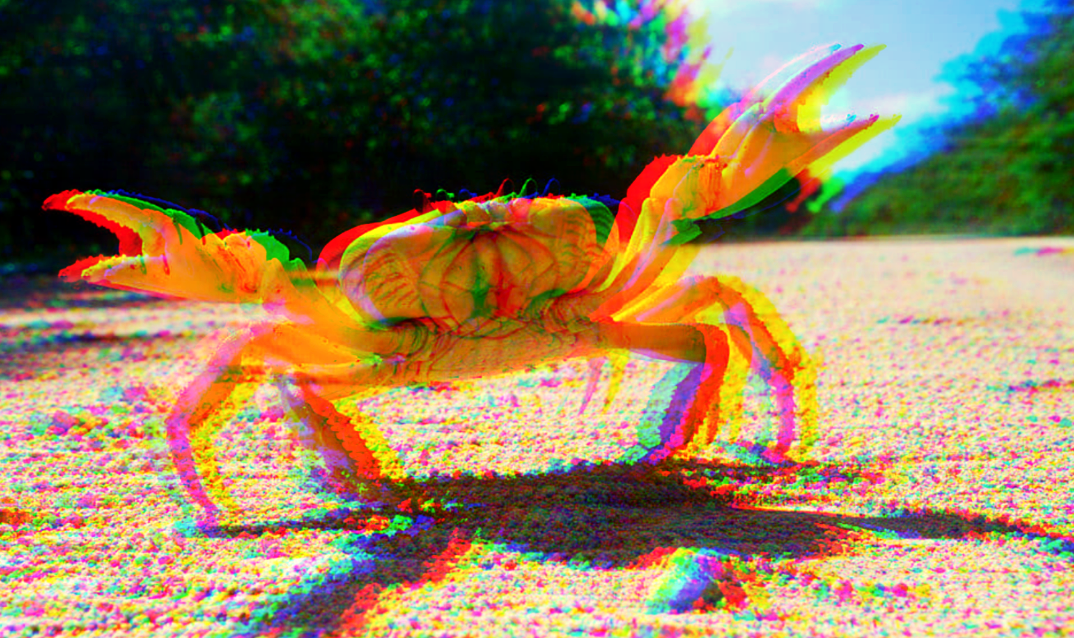Bizarre
Scientists Say Species Throughout Earth’s History Keep Inexplicably Evolving Into Crabs
A paper from 2017 recently resurfaced online and has gone semi-viral because of its weird and somewhat disturbing/amazing conclusion.

A paper from 2017 recently resurfaced online and has gone semi-viral because of its weird, and, according to some scientists, somewhat disturbing/amazing conclusion: that life on Earth seems to naturally evolve toward crab-like species.
Originally published in the Biological Journal of the Linnean Society, the paper is titled “One hundred years of carcinization – the evolution of the crab-like habitus in Anomura.” It found a new life in mid-October on Boing Boing under the title “Animals have evolved into a crab-like-shape at least 5 separate times” and has since been the subject of articles on Popular Mechanics and several other websites.
So what are popular science writers – and their readers – so worked up about? The original paper discusses the curious and highly improbable sequence of instances involving convergent and parallel evolution of animals into crab-like species. These instances of carcinization – the scientific term for when a crustacean evolves from a non-crab-like form into a crab-like one – has happened at least five different times in completely different historical contexts.
In the paper, the researchers write:
“The fact that a crab-like habitus did not evolve solely in ‘true’ crabs but also several times independently in the Anomura makes this process ideal for evolutionary research.”
Parallel evolution is certainly no stranger to Earth’s history. For example, marsupials are commonly referred to in this context. Convergent evolution, which refers to species from independent epochs of time developing analogous morphological structures, is also well established by Darwinian principles. Species on separate evolutionary tracks of both habitat and time can end up arriving at the same traits and structures. However, the number of times it happens with the crab-like shape and features seems to baffle more than a few scientists.
Additionally, the researchers point out, the similarities are not just relegated to superficial appearances in shells and claws: the five evolutionary journeys toward carcinization include shared functional traits in neurological processes and circulatory systems.
“Curiously, not only did the crab-like habitus evolve independently from the ‘true’ crabs (Brachyura), it also evolved three times independently within anomurans. […] Although enormous morphological disparity is observed in the internal anatomy of the crab-like taxa, reflecting the fact that the evolution of the crab-like habitus was indeed convergent, various corresponding dependences are found across the different lineages between the external characters of a crab-like habitus/morphotype and inner structures. In other words, as a result of carcinization certain structural coherences led to the specific internal anatomical patterns found in crab-like forms.”
So, what does it all mean? Is life on Earth somehow predisposed to crabs? Does this mean that when we meet aliens someday they will be giant intelligent crabs? Or could there be some strategic evolutionary advantage in the crab-like habitus and internal structures?
Typos, corrections and/or news tips? Email us at Contact@TheMindUnleashed.com
